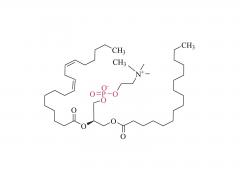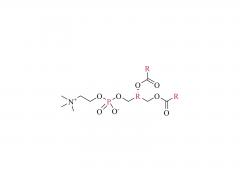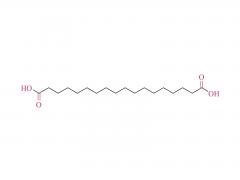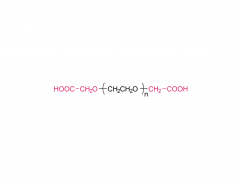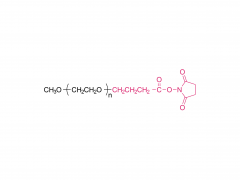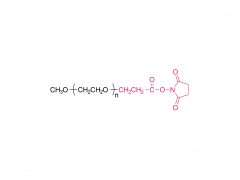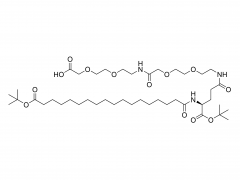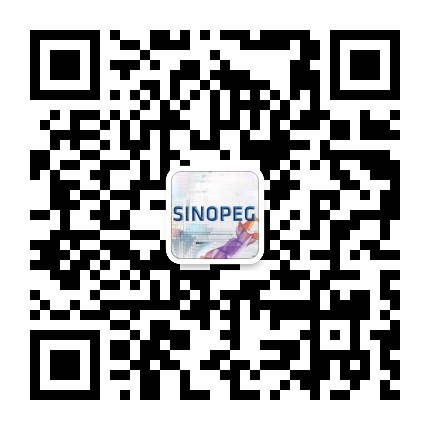Synthesis and characterization of PLGA nanoparticle/4-arm-PEG hybrid hydrogels with controlled porous structures DOI https://doi.org/10.1039/C6RA08404D Abstract Controlled porous structures, adjustable surface properties and good mechanical properties are essential for hydrogels in promoting cell adhesion and growth. In this work, we developed four armed poly(ethylene glycol) (4-arm-PEG) hydrogels crosslinked by poly(lactic-co-glycolic acid) nanoparticles (PLGA NPs). Branched polyethyleneimine (b-PEI) was employed for aminolysis of PLGA to engineer 300, 530 and 1000 nm NPs with a nitrogen contents of 11.7%, 9.4% and 9.7%. Hybrid hydrogels were formed by crosslinking amino-packed NPs with polymeric chains of 4-arm-PEG-NHS. By manipulating the NP and PEG contents as well as the NP sizes, the pore sizes could be tailored from 10–20 μm to 20–40 μm and 100–200 μm, and the maximal compressive strength could be optimized to 0.37 MPa. Cytotoxicity trials indicated the hydrogels were almost non-toxic and biocompatible. Cell adhesion evaluation testified higher amino contents and a smaller proportion of PEG led to more cell attachment. These results demonstrated that this kind of hybrid hydrogel may be a suitable candidate for further biomedical applications in tissue engineering. Related products Abbreviation: 4-arm-PEG-NHS For more product information, please contact us at: US Tel: 1-844-782-5734 US Tel: 1-844-QUAL-PEG CHN Tel: 400-918-9898 Email: sales@sinopeg.com
View More










